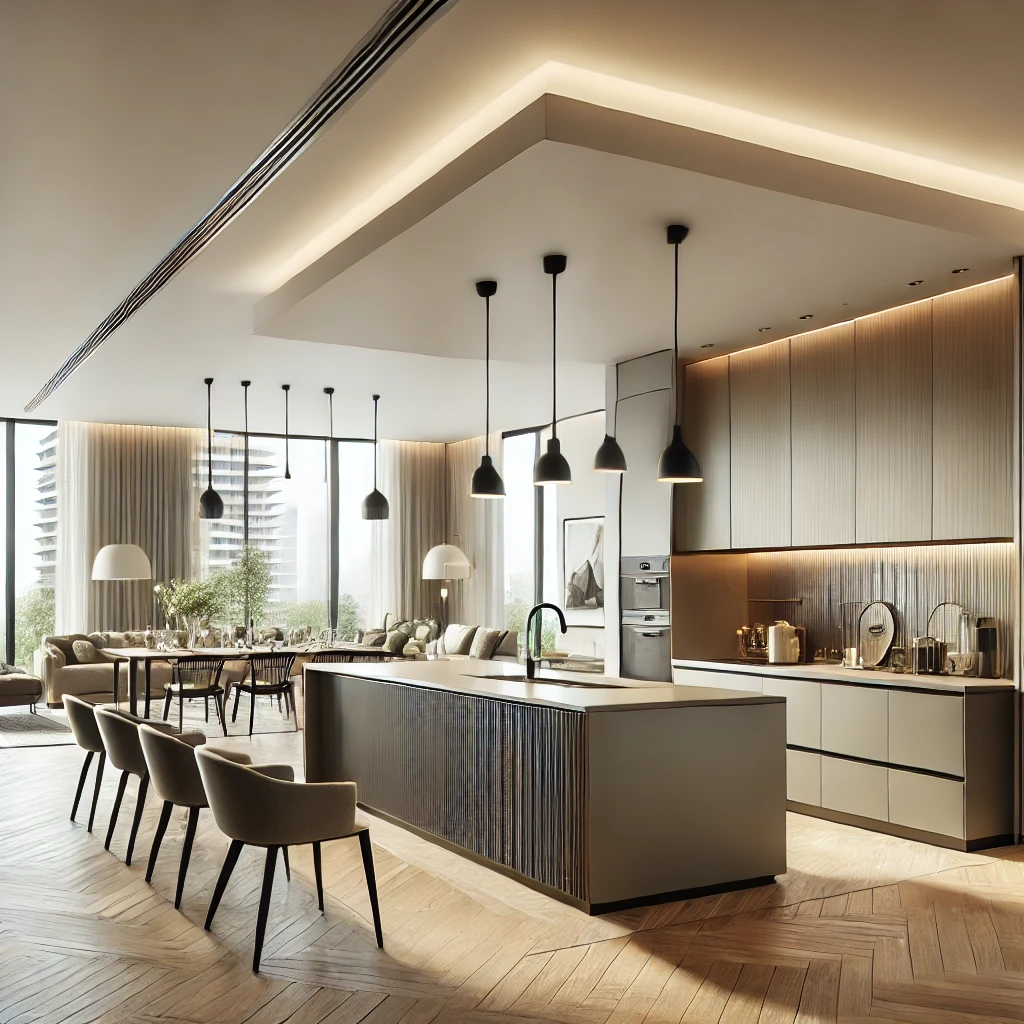Home Office Design: Creating a Productive Workspace at Home
Home Office Design: Creating a Productive Workspace at Home
Keyword: Home Office Design
With remote work increasingly common, designing a functional and comfortable home office is essential for productivity and focus. A well-planned home office helps balance work and personal life, enhancing efficiency and well-being. Here’s how to create a home office design that meets both practical and aesthetic needs.
1. Define a Dedicated Workspace: Establishing a dedicated area solely for work is the foundation of effective home office design. Even if space is limited, carving out a corner with a small desk and comfortable chair can make a significant difference. A dedicated workspace creates a mental separation between work and home life, which is essential for staying focused and unplugging after work.
2. Prioritize Ergonomic Furniture: For long hours of work, ergonomic furniture is a must. A supportive chair with adjustable features can prevent back strain, while a desk at the right height helps maintain good posture. Many home office setups now include adjustable desks that allow users to alternate between sitting and standing, promoting movement and reducing fatigue. Ergonomic furniture supports productivity and reduces discomfort, enhancing your work experience at home.
3. Optimize Lighting: Lighting plays a vital role in creating a productive workspace. Position your desk near a window if possible to benefit from natural light, which can boost mood and reduce eye strain. For rooms without sufficient natural light, invest in a good desk lamp with adjustable brightness. Soft, warm lighting can also help reduce screen glare, making it easier to focus on your tasks.
4. Incorporate Personal and Inspiring Decor: One of the perks of a home office is the freedom to personalize it to reflect your style. Decorate with items that inspire you, like artwork, family photos, or motivational quotes. Adding greenery with a few houseplants not only boosts mood but also purifies the air, creating a calm and refreshing environment. Personalizing your home office makes it feel more inviting and can help keep you motivated throughout the day.
5. Use Effective Storage Solutions: Organization is key to maintaining a productive workspace. Invest in storage solutions like floating shelves, file organizers, and cabinets to keep your desk clutter-free. Clear storage options help you easily locate essentials, ensuring that you stay on task without unnecessary distractions. Efficient storage also keeps your workspace tidy, contributing to a calm and orderly atmosphere.
6. Integrate Essential Technology: Equip your home office with technology that supports efficient work. A high-speed Wi-Fi connection, noise-canceling headphones, and a charging station for devices are essential for a smooth workflow. A second monitor can also improve productivity, especially for tasks that require multitasking or extended screen space.
7. Focus on Comfort and Functionality: To create a home office you enjoy spending time in, focus on both comfort and functionality. Add soft furnishings like a cozy rug, cushions, or a throw to make the space warm and inviting. Arrange your workspace to ensure that everything you need is within reach, minimizing unnecessary movement and distractions. A comfortable home office design supports both short and long work sessions, helping you feel at ease while remaining productive.
Creating an effective home office design is about balancing comfort with function. With a well-thought-out setup, you’ll not only improve productivity but also enjoy a healthier work-life balance. By creating a personalized, organized, and comfortable workspace, you can make the most of remote work and stay focused at home.



